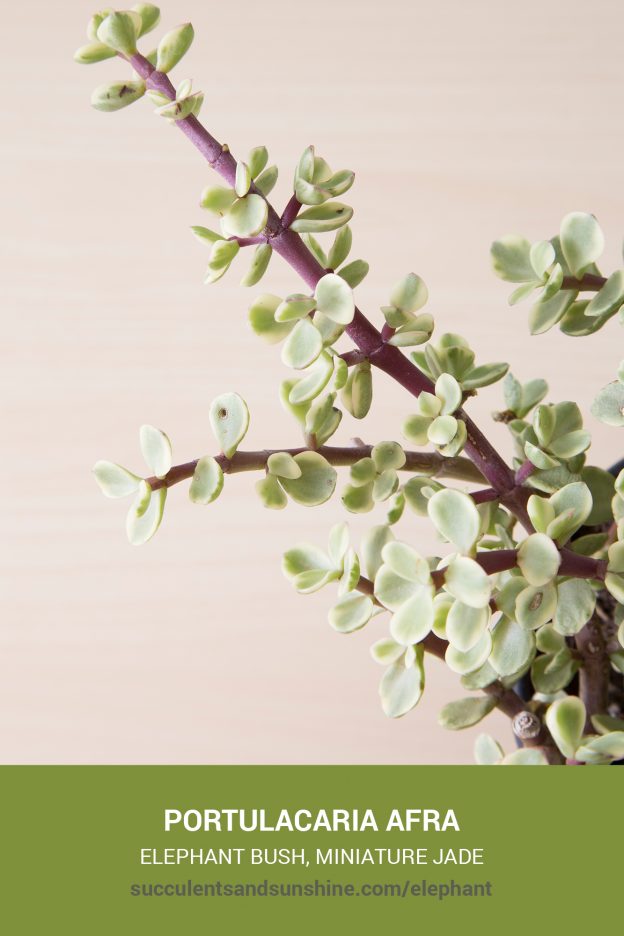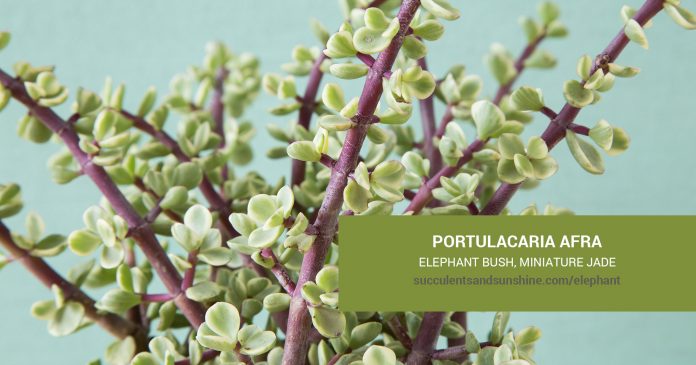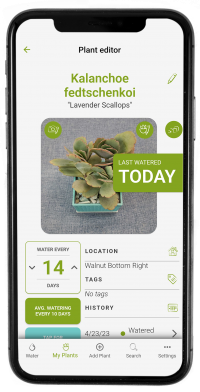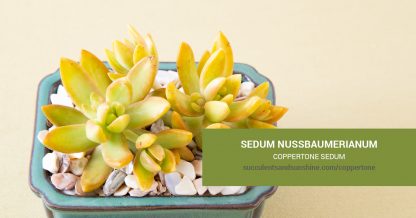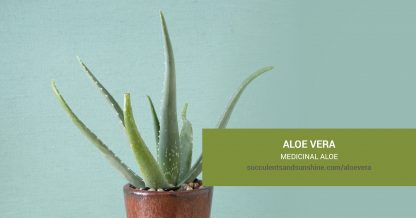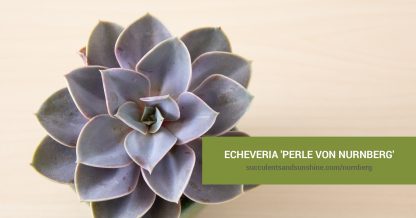Care and Propagation Information
General Care for Portulacaria afra “Elephant Bush”
Portulacaria afra is a perfect addition to your indoor or outdoor succulent garden. Although a popular name for this succulent is “Miniature Jade,” it is not related to Crassula ovata. “Elephant Bush” also comes in miniature and variegated forms. The non-variegated form is more heat tolerant.
Watering
“Elephant Bush” has typical watering needs for a succulent. It's best to use the “soak and dry” method, and allow the soil to dry out completely between waterings. Portulacaria afra needs less frequent watering during its dormancy period.
While this has similar watering needs to other succulents, due to it's thin leaves, Portulacaria afra can handle more frequent waterings than most other succulents. It will also "tell" you when it needs water by presenting limp, slightly wrinkled leaves.
And be sure to get our FREE watering cheat sheet so you can learn how to tell if your succulents are getting too much water (and how to save them if needed).
Where to Plant
Portulacaria afra is not cold hardy, so if you live in a zone that gets colder than 30° F (1.7° C), it's best to plant this succulent in a container that can be brought indoors. It does well in full to partial sun. Plant in an area of your garden that gets 6 hours of sunlight a day.
If planting indoors, place it in a sunny window. This succulent tends to stretch easily if not given enough sunlight, however the stretching isn't as noticeable as other succulents.
How to Propagate Portulacaria afra “Elephant Bush”
Cuttings
To grow Portulacaria afra “Elephant Bush” from cuttings, use a sterile, sharp knife or pair of scissors. Remove a stem from the main plant, and allow it to callous for several days before placing on well-draining soil.
Variations
Portulacaria afra also comes in miniature, variegated, and monstrose varieties. The variegated Elephant bush tends to like more water than the other varieties. It also grows out horizontally rather than upward, as does the miniature form.
Uses
The miniature variety of Elephant Bush, 'Decumbent', is an exceptional plant to add in arrangements as a trailing plant or "spiller". Given it's drought tolerance and resistance, it tends to do better than most "String of" varieties when mixed with other succulents.
It's also common for Portulacaria afra to be used for Bonsai. The woody stems are tough and easily manipulated to change it's shape and direction. This plant also responds well to pruning, both roots and branches, and the leaves get quite dense if branches are pruned often.
You can see incredible examples of Elephant Bush bonsai trees from Little Jade Bonsai.
Portulacaria afra is an incredible “carbon sponge,” absorbing high levels of carbon from the air.
As the name “Elephant Food” suggests, this succulent is eaten by elephants, as well as goats, tortoises, and other wildlife in its natural habitat. It is also used in Southern African cuisine, added to salads, soups, and stews to add a sour flavor.
Experiences from Succulent Lovers
The following experiences were shared by members of the Succulent Lovers Club
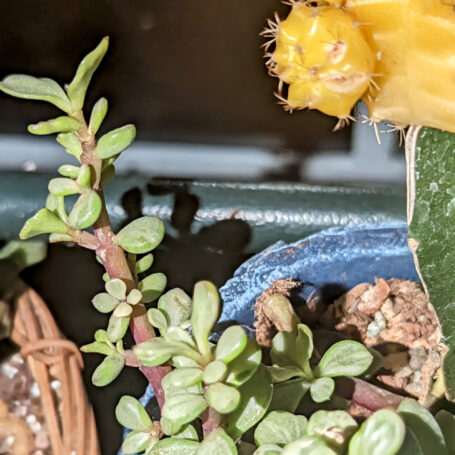
Tim K.
"I really like them, and they are one of my favorites. I have a few smaller ones, variegated, I believe; I also have put a couple in arrangements. They have been no problem whatsoever. I've been told they make great Bonsai."
Sherryl T.
"I have about 6 of them and I do water them about every 5-7 days. They are not in big pots. I have 2 of them that I’m training to be a bonsai and one of them is variegated. I love them and I don’t think I’ve ever lost one!🤷♀️ They are great for arrangements."
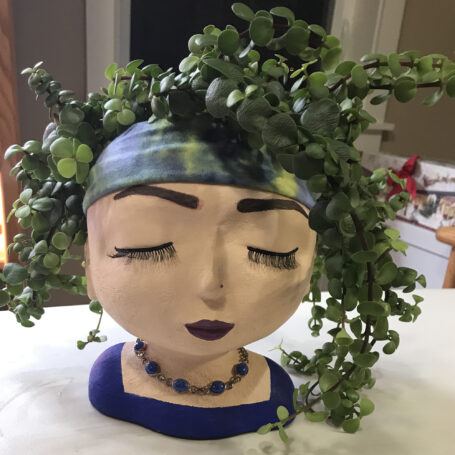
Lisa L.
"I have had the trailing elephant bush since April 2023 and the variegated since October 2023. Both are indoors under not very powerful grow lights and are doing well. They are potted in head planters so act as “hair”. The trailing bush was watered today, and I hope the wrinkled leaves will fill out. I find that I have to water these more often than other succulents."
